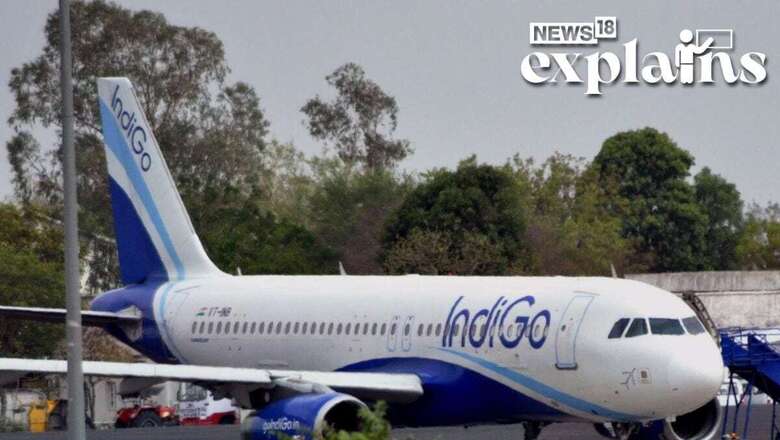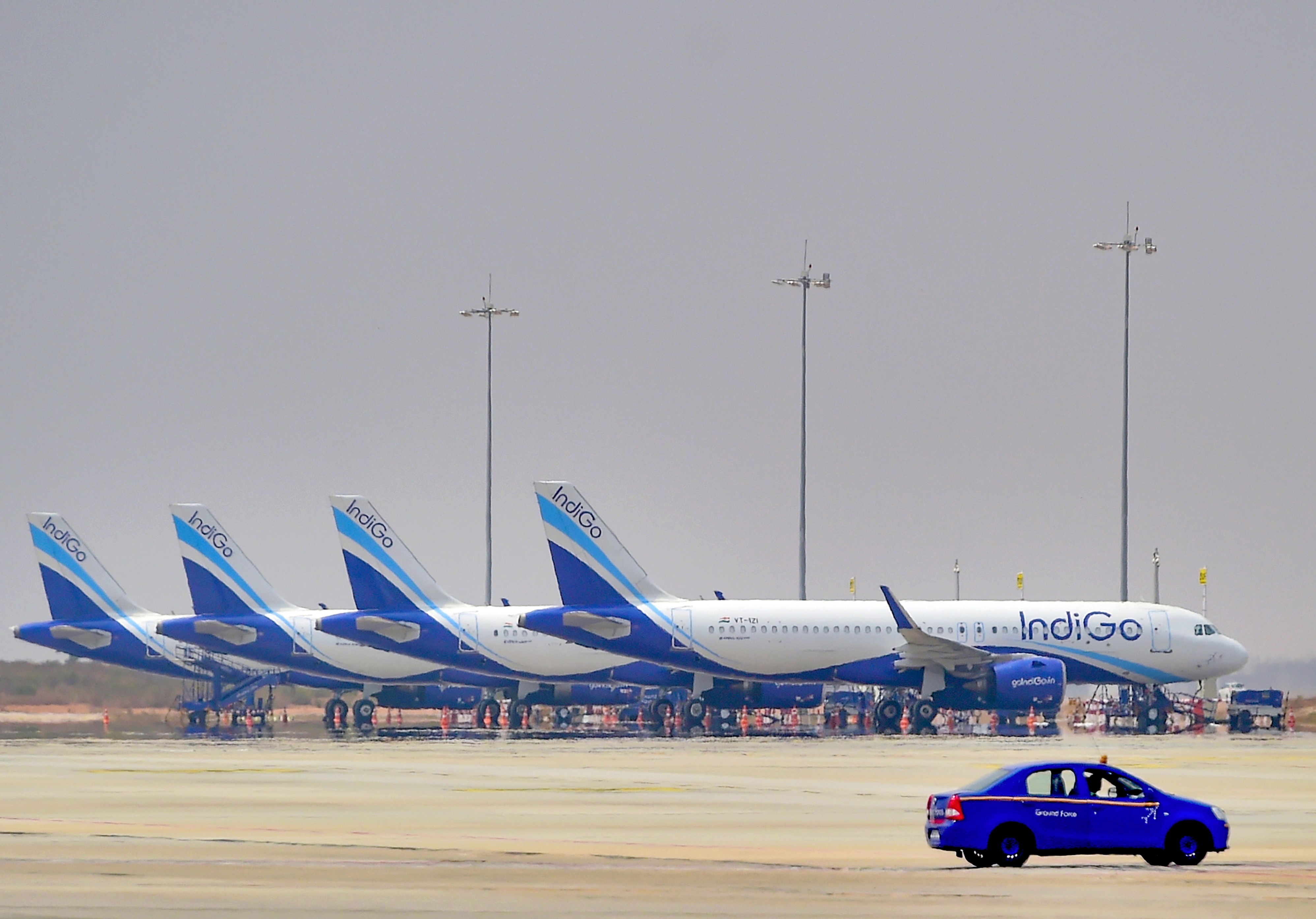
views
Aviation watchdog Directorate General of Civil Aviation (DGCA) has imposed a fine of Rs 30 lakh on IndiGo for tail strikes during recent landings. The fine comes after four tail strike incidents on IndiGo’s Airbus A321 aircraft within a span of six months this year.
Following the incidents, the DGCA carried out a special audit of the airline in June and found “systemic deficiencies” in operations, training and engineering procedures.
The airline regulators served a show cause notice on the airline to which Indigo responded by saying that no procedures have been violated. However, the DGCA found the reply unsatisfactory and imposed a fine of Rs 30 lakh.
Indigo, India’s largest carrier, has a fleet of more than 300 planes and operates over 1,800 flights daily. It flies to more than 100 destinations, including international ones.
Why does a Tail Strike Occur?
A tail strike occurs when the rear end of an aircraft’s body scrapes the ground during landing or take-off. While tail strikes occur during take-off, a majority of such incidents happen during the landing.

Though it can occur during strong winds or unnatural weather conditions like strong crosswinds, but it is more likely to occur when the aircraft takes on a “high attack angle” during landing or take-off.
According to a report in The Indian Express, over 65 percent of tail strikes occur during landings. Such incidents can also cause significant damage to the plane.
Even if the planes are not damaged, there are thorough inspections conducted to ensure that the plane is fit and ready to fly again.
What Causes Tail Strikes?
There are an enormous number of factors that comes into play during a plane’s landing and take-off. Therefore, tail Strikes occur due to a range of factors including human error, erroneous data, the wrong weights, or incorrect center of gravity.
A significant factor that appears to be common in many tail strike incidents is the lack of flight crew experience with the aircraft model being flown, according to Boeing.

Moreover, an unstabilised approach is seen as the biggest single cause of tail strike. While the pilots set off the approach variables like centerline, approach path and speed while landing, it is not always stabilised as the plane approaches the runway.
According to Boeing, if the plane descends through 500 feet and the approach variables are not stabilised, a go-around should be considered rather than the landing.
How to prevent tail strikes?
Tail strikes are preventable and pilots can use many types of strategies to avoid these costly accidents. The pilots should be given proper training on tail strikes and correct flight procedures should be rigorously implemented.
DGCA imposed a penalty of Rs 30 lakh on IndiGo due to four tail strikes in 6 months. During audit of the incidents, government’s civil aviation body found deficiency in IndiGo’s training and engineering procedure. @ridhimb explains#IndiGo #DGCA #TailStrikes pic.twitter.com/ZRr952Wzp6— News18 (@CNNnews18) July 28, 2023
During take-offs, pilots must also deploy certain tactics to ward off tail strikes due to rotation-related risk factors. During landing, where most strikes occur, the most common risk factors include an unstabilised approach, holding the airplane off the runway in the flare and mishandling of crosswinds.
Recently, some Boeing aircraft are fitted with a tail strike protection system that uses a combination of software and hardware to protect the airplane.
Tail strikes mostly occur to pilots who are transitioning from one plane model to another and have fewer flight hours in the new model. So, in order to avoid such incidents, the pilots should be given proper training and adequate experience before transitioning to new models.


















Comments
0 comment